There can be your advertisement
300x150
How to Remove Dust from Home for a Month: Effective Method That Works
Take note!
You wiped the dust in the morning, but by evening it's already settled as a thin layer on shelves? A familiar scene. It seems like dust appears from the air faster than we can clean it up. But there's a way to break this cycle. Proper cleaning techniques allow you to forget about dust for 3-4 weeks. No expensive products or complicated procedures — just knowledge of how dust forms and what actually stops it.
Main points from the article:
- Anti-static products prevent new dust from settling for a month;
- Correct cleaning sequence increases the effect many times;
- Air humidity of 40-50% significantly reduces dust;
- Textile in the home is the main dust collector, requiring special attention;
- Preventive measures are more important than cleaning itself.
The secret of anti-static: why dust 'sticks' to surfaces
Dust doesn't settle by chance — static electricity attracts it. Especially active is dust sticking to plastic surfaces, TV screens, monitors, glossy furniture. A regular damp cloth removes dust but doesn't eliminate static charge. So after a day or two, the dust returns.
The solution is simple: after damp cleaning, treat all surfaces with an anti-static product. You can use a purchased product or make your own — dissolve 2 tablespoons of fabric softener in one liter of water. This solution neutralizes static electricity and creates a thin film that repels dust.
Especially carefully treat electronics, plastic surfaces, and glossy furniture. On treated surfaces, dust hardly settles for 3-4 weeks.

Design: Valeria Makarevich
Correct sequence: why the order of cleaning is critically important
Most people clean chaotically: they wipe a shelf one moment, then mop the floor. But dust follows gravity laws — it always settles from top to bottom. Incorrect sequence negates all efforts.
Proper algorithm: first the ceiling and chandeliers, then tall cabinets and shelves, followed by furniture at eye level, then tables and window sills, finally baseboards and the floor. Clean each surface with a slightly damp cloth first, then treat it with anti-static spray.
Use the vacuum cleaner at the very end, when all settled dust has been collected with a cloth. Otherwise, the vacuum will lift dust into the air and it'll settle back onto already clean surfaces.
Air humidity: an invisible helper in fighting dust
Dry air is the best friend of dust. At humidity below 30%, dust easily rises into the air and stays there for a long time. At 40-50% humidity, dust particles become heavier, settle faster and are easier to clean.
In winter, when heating is on, humidity in the apartment drops to 15-20%. Under these conditions, fighting dust is useless — it will appear daily. Install an air humidifier or simply place wide containers with water near radiators.
Monitor humidity with a hygrometer. Optimal 45% humidity will reduce dust by two to three times without any extra effort on your part.
Textile: the main enemy and ally at once
Carpets, curtains, furniture upholstery, decorative pillows — all of these actively collect dust from the air. But if you work with them properly, textile becomes your helper.
Vacuum all soft furniture weekly using a brush attachment. Treat curtains and carpets with a special anti-dust product — it creates a protective film that prevents dust from penetrating deep into the fabric.
Decorative pillows and throws should be washed or shaken well on a balcony every two weeks. Flip mattresses and vacuum them monthly — they accumulate enormous amounts of dust that later spreads throughout the bedroom.
Air filters: a trap for dust
Regular air conditioners and split systems don't clean the air, they just circulate dust around. But if you install high-quality fine filtration filters in them, they will become dust collectors.
Change the filters in air conditioners every 2-3 months, not once a year as many do. A dirty filter not only fails to trap dust but becomes a source of it itself.
If you don't have an air conditioner, place air purifiers with HEPA filters in the rooms. They work 24/7, capturing the smallest dust particles from the air. In a month of operation, such a device will collect an amount of dust that would otherwise settle on furniture and shelves.
Prevention: prevent the appearance of dust
The majority of household dust consists of shed skin cells, hair, pollen from outdoors, and fabric particles. Place a quality mat at the entrance to trap outdoor dirt and dust.
Regularly brush your pets — their fur and dandruff make up a significant part of household dust. Change bedding and clothes more often — textile actively "dusts" during use.
Install mosquito nets with fine mesh on windows. They will trap not only insects but also large pollen, fluff and other particles flying from outdoors.
Tools matter
Regular cloths spread dust and lift it into the air. Use microfiber — its special fiber structure attracts and holds dust. One microfiber cloth replaces three regular cloths.
For vacuum cleaners, buy bags or containers with the finest mesh. Cheap bags let fine dust back into the air — it's like fake cleaning.
Choose a microfiber mop for floors. A regular mop just spreads dust around, while microfiber collects it into its fibers.
The final touch: air ionization
After a thorough cleaning, turn on an air ionizer for 2-3 hours. Negative ions charge dust particles so they settle faster to the floor, where they're easily collected with a vacuum.
If you don't have an ionizer, just open the windows for half an hour — fresh air will carry suspended dust outside. Just do this after cleaning, not before.
Result: a month without dust
Following all these rules, dust truly doesn't appear for 3-4 weeks. The first few days after cleaning, tiny particles float in the air, but by the end of the week, the air is truly clean.
The key — don't skip any step. Anti-static treatment, correct sequence, humidity control and quality tools only work together. Skip one link — and dust will return in a week.
But when the system works, cleaning turns from weekly drudgery into monthly prevention. And breathing in such a home truly becomes easier.
Cover: Design project by Valeria Makarevich
More articles:
 Before and After: Redesigned Kitchen with Modern Renovation
Before and After: Redesigned Kitchen with Modern Renovation Old Apartment: Bathroom Before and After a Bold Transformation
Old Apartment: Bathroom Before and After a Bold Transformation Thoughtfully Designed Kitchen in a Petersburg Studio Apartment for a Student
Thoughtfully Designed Kitchen in a Petersburg Studio Apartment for a Student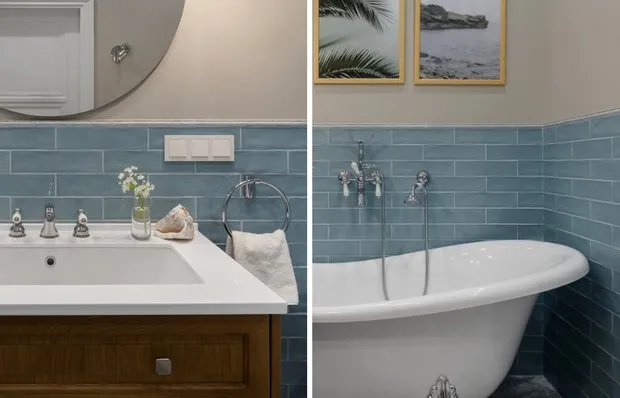 Oasis of Comfort and Beauty: How We Designed the Bathroom in a St. Petersburg Apartment
Oasis of Comfort and Beauty: How We Designed the Bathroom in a St. Petersburg Apartment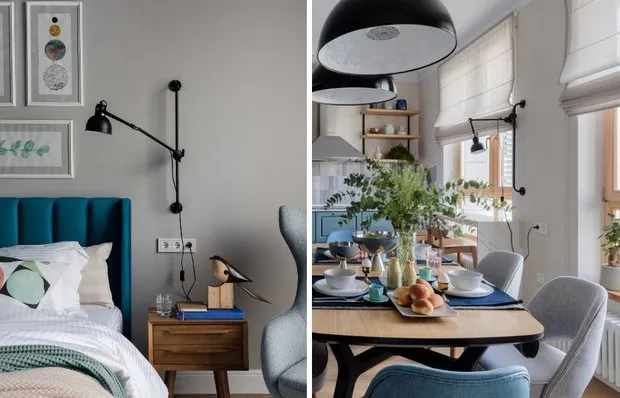 7 Ideas We Spotted in an Impressive St. Petersburg Trash Apartment
7 Ideas We Spotted in an Impressive St. Petersburg Trash Apartment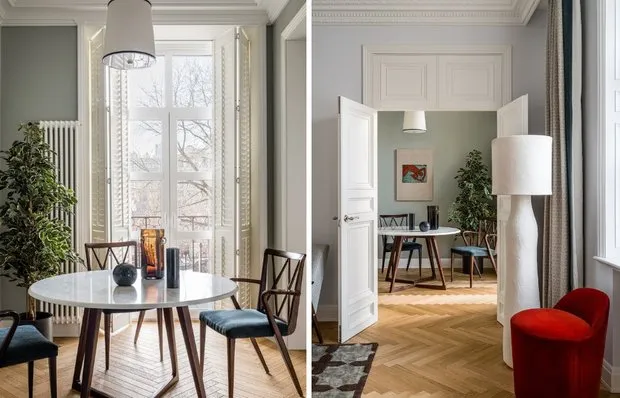 8 Solutions for a Stylish Studio in a Historic House You Can Replicate
8 Solutions for a Stylish Studio in a Historic House You Can Replicate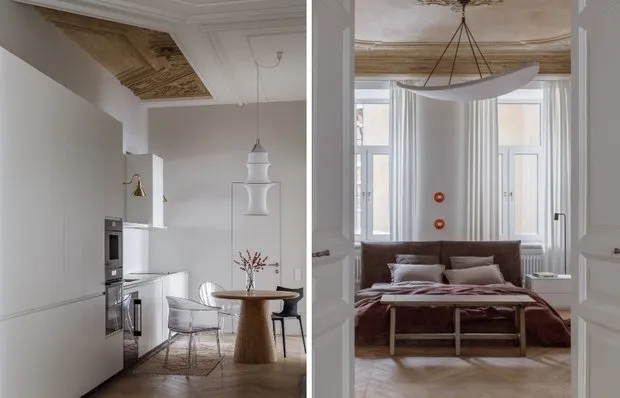 6 Ideas from a Penthouse Apartment That Will Inspire Renovations
6 Ideas from a Penthouse Apartment That Will Inspire Renovations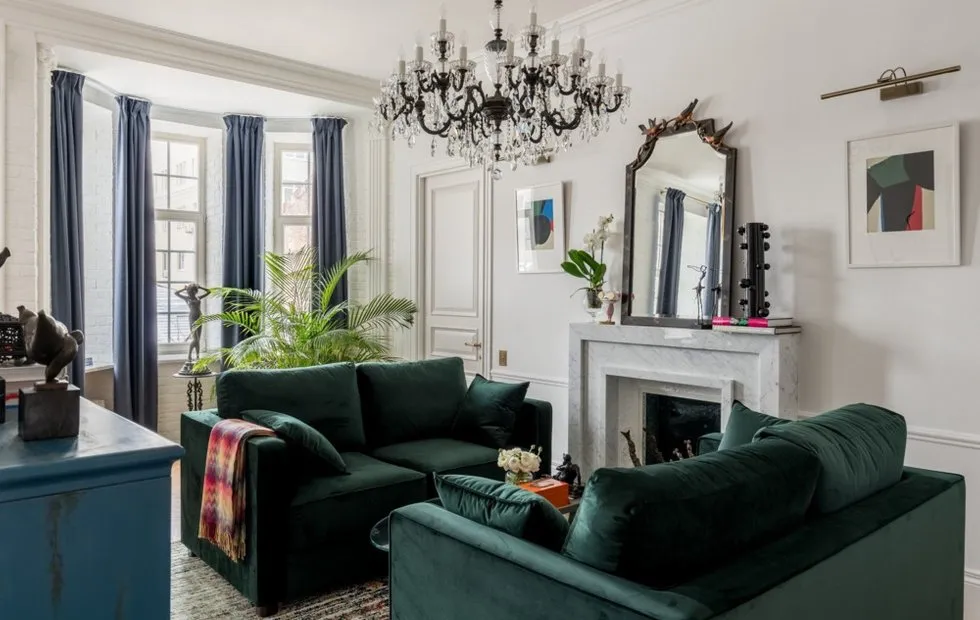 Vintage and Modern: How to Combine Old and New in Interior Design
Vintage and Modern: How to Combine Old and New in Interior Design